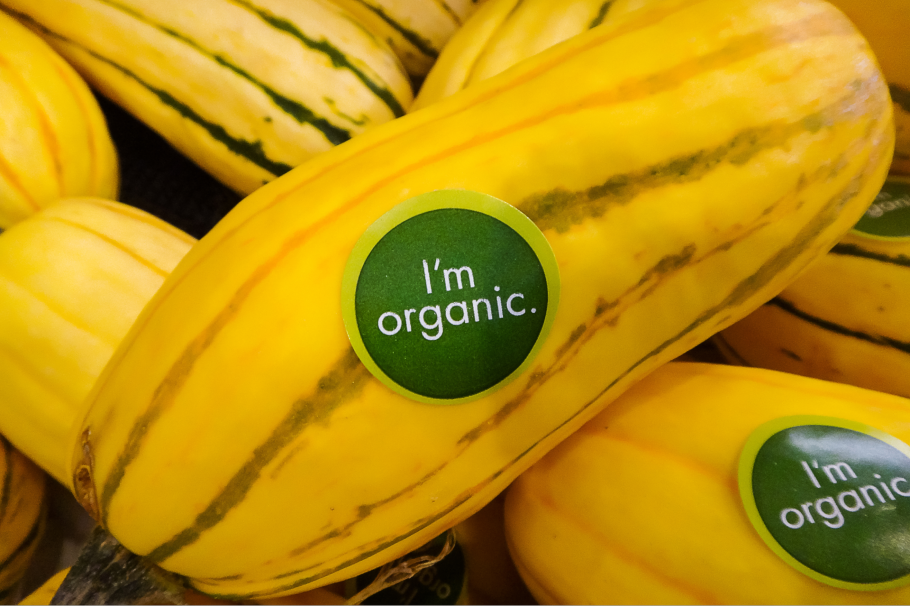Dissolvable Packaging Requires Regulatory Insight
By Dr Caroline Potter
Dissolvable packaging for food and beverage has emerged as a possible solution to some of the most challenging issues facing the sector today. Widely associated with the reduction of single-use plastic, it can also aid portion control and help tackle food waste. Additional benefits include convenience and ease of use for consumers.
There have been several interesting and highly publicised developments in this space, such as MonoSol LLC’s water-soluble edible film, which is used as primary packaging for dry goods including single serve oatmeal, spices and instant coffee. Other currently available dissolvable food packaging include goods made with plant-based ingredients such as tapioca, seaweed and potato.
Dissolvable packaging is an exciting concept, and one that is ripe for further innovation. However, important regulatory factors need to be considered at the front end of the product development process, so they don’t stall progress later.
There are no dedicated legal frameworks for dissolvable food packaging at present. Instead, it needs to comply with broader existing regulations which vary between global markets. In food and beverage applications, dissolvable primary packaging must be edible by default, so it may fall under the jurisdiction of both food and packaging regulations.
Regulatory considerations
In the US, edible packaging may be considered a food additive and would therefore require a Food Additive Petition (FAP) before it could be legally sold. Alternatively, a substance used in dissolvable packaging may be Generally Recognized as Safe (GRAS) for this use.
GRAS notices and FAPs are subject to the same safety standards laid out in the FDA’s Redbook of toxicological principles for the safety assessment of food ingredients. The MonoSol product mentioned above is a polyvinyl alcohol-based edible film. MonoSol submitted a GRAS Notification to US FDA in 2018 and received a letter of no objections.
Regulations are different in the EU, but there are enough similarities in specifications and safety testing to make it viable and even efficient to consider both markets simultaneously. For instance, it’s often the case that a single test can yield data that supports submissions in both markets.
The EU regulatory situation
All food contact materials (FCM) in the EU are covered by the harmonised legal framework Regulation (EC) No. 1935/2004. The overarching aim is to provide general safety and ensure FCM products are fit for purpose, while enabling free movement of goods between member states. These provisions are also reflected in Article 3, which outlines good manufacturing practice (GMP) requirements for FCM.
Since the EU’s existing FCM legislation is not equipped for the rise of edible packaging, manufacturers also need to consider general food law. For instance, if a solution involves food additives for any technical function, it must comply with the relevant regulatory framework. In accordance with Regulation (EC) No 1169/2011 it’s also likely that the components of edible packaging will need to be included on a product’s ingredients list.
In some circumstances, edible packaging may be considered a novel food in the EU. The critical factor is the substances and polymers used in the product. Assuming you plan to use a biofilm containing a recognised food ingredient, the question is whether the ingredient was consumed in this format in the EU before May 15, 1997. If not, it would fall within the scope of novel food legislation, requiring pre-market authorisation before launch in the EU.
Informed innovation
Dissolvable packaging has the potential to act as a critical enabler in food and beverage strategies related to waste reduction and healthy portion sizes. We anticipate that this trend will gather momentum and play an integral role in future packaging solutions. Early movers have much to gain, but the complex regulatory situation could prove a hindrance if it’s not given due consideration at the outset of innovation projects.
To ensure the fast and frictionless development of dissolvable packaging, early decisions and activities must be well-informed. It’s about finding and evaluating solutions for specific applications based on the properties of the food and beverage product itself, then aligning that with safety and regulatory requirements. In some circumstances, using a different ingredient or extract in the packaging formulation could make a significant difference to the ease of global rollout. Alternatively, it may be that the end-product requires some level of reformulation to ensure it is compatible with dissolvable packaging that will be compliant in multiple markets.
A wide range of specialist expertise is needed here, from regulatory insight to scientific understanding of the ingredients and materials used. Manufacturers that can join the dots quickly and effectively stand to be at the forefront of the dissolvable packaging revolution.
About the Authors:
Caroline Potter, Leslie , Dr Leslie Patton and Kevin Gyoergy work for the Science Group companies Oakland Innovation, TSG Consulting and Leatherhead Food Research, respectively. These organisations operate both independently and collaboratively to support the food and beverage sector. They offer advisory, applied science and product development services as well as regulatory guidance and compliance support.

-
 FeaturedRisk management
The Cost of a Breach: What a Cyberattack Could Mean for Food Safety Recalls
FeaturedRisk management
The Cost of a Breach: What a Cyberattack Could Mean for Food Safety Recalls
-
 FeaturedRisk management
Securing the Food Chain: How ISO/IEC 27001 Strengthens Cybersecurity
FeaturedRisk management
Securing the Food Chain: How ISO/IEC 27001 Strengthens Cybersecurity
-
 FeaturedRisk management
Revolutionizing Food Safety Training: Breaking Out of the “Check-the-Box” Mentality
FeaturedRisk management
Revolutionizing Food Safety Training: Breaking Out of the “Check-the-Box” Mentality
-
 GFSI Standards
GFSI 2025: Building Trust, Tech-Forward Solutions, and Global Unity in Food Safety
GFSI Standards
GFSI 2025: Building Trust, Tech-Forward Solutions, and Global Unity in Food Safety
-
 FeaturedFood Safety
Integrated Pest Management: Strategies to Protect Your Brand’s Reputation
FeaturedFood Safety
Integrated Pest Management: Strategies to Protect Your Brand’s Reputation
-
 FeaturedFood Safety Culture & Training
No Open Door Policy: Challenges That Impact Pest Control in Food Processing Plants
FeaturedFood Safety Culture & Training
No Open Door Policy: Challenges That Impact Pest Control in Food Processing Plants




